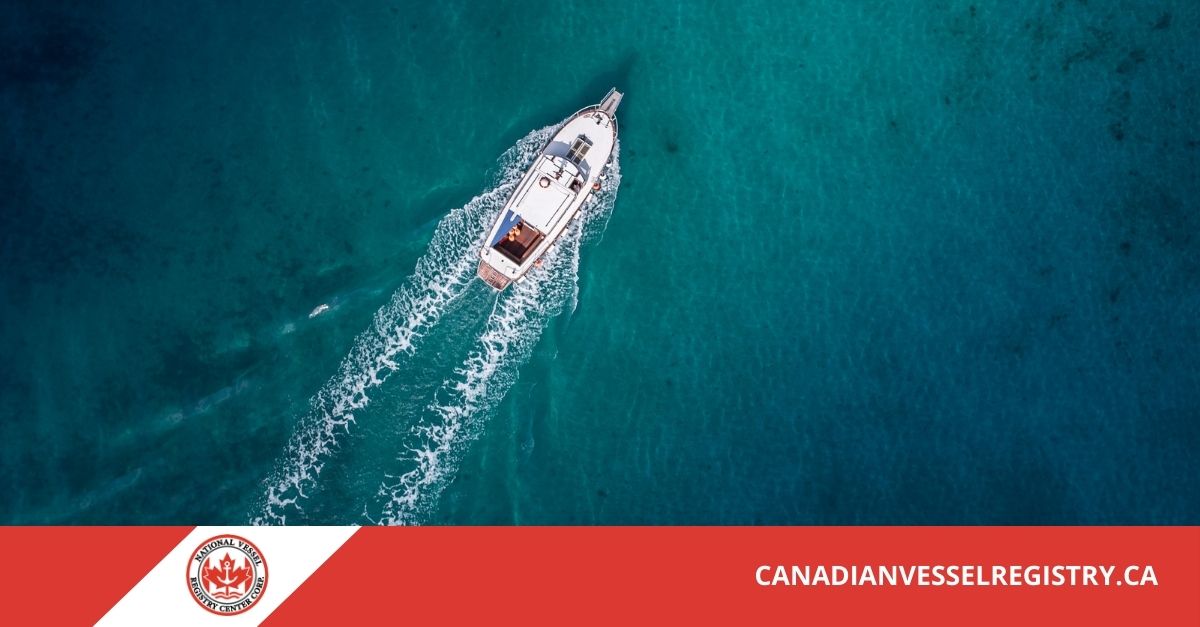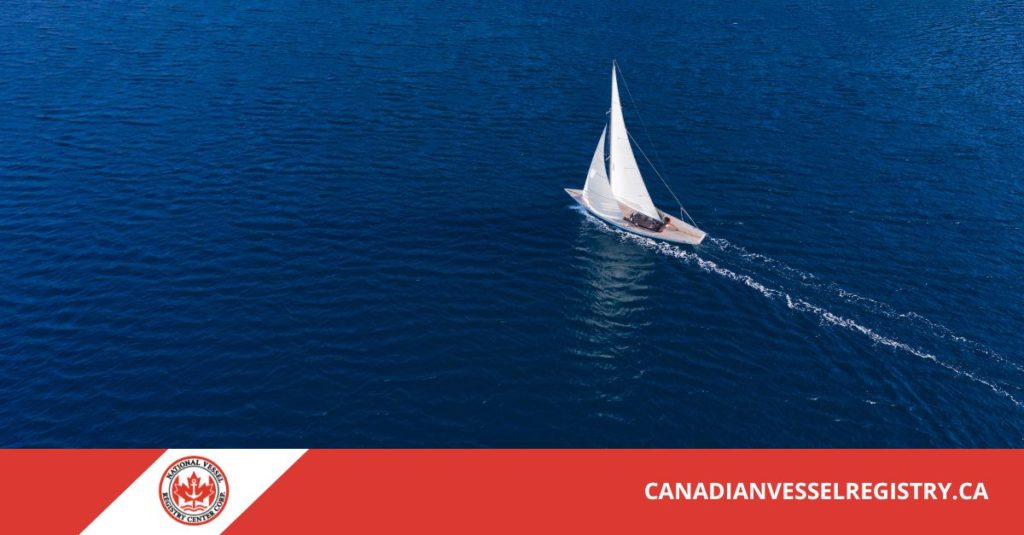A passenger vessel is any boat or ship that carries passengers onboard for commercial or transport purposes. In the context of the Canadian boat registry, this refers to vessels that are operated for hire, either through ticket sales, charter agreements, or another commercial arrangement where individuals are transported across Canadian waters.

These vessels can range from small water taxis and sightseeing boats to larger ferries and cruise ships. Understanding the classification of a passenger vessel is essential for proper registration, compliance, and safety regulation, and at the National Vessel Registry Center, Corp., we make it easier to handle these responsibilities through our secure, online portal.
What Counts as a Passenger on a Registered Vessel?
To determine whether a boat qualifies as a passenger vessel under the Canadian boat registry, it’s important to understand what counts as a “passenger.” In a regulatory context, a passenger is someone who is not involved in the operation or working crew of the vessel but is on board as part of a paid or ticketed experience.
This may include:
- Commuters using a ferry service
- Tourists on a guided boat excursion
- Clients on a fishing charter
- Attendees of private events hosted on board
- Travelers aboard a cruise
Crew members, shipmasters, and others who are employed in operating the vessel are not considered passengers. If your vessel carries individuals who fall into any of the above passenger categories, it may be subject to different registration and compliance standards than a private or recreational craft.
Passenger Vessels and the Canadian Boat Registry
In Canada, vessels used to carry passengers for commercial purposes must be registered under the Canadian boat registry. This ensures that vessels are documented according to national and international maritime regulations, allowing for transparency in ownership, compliance with safety standards, and tracking in emergency situations.
Our team helps you register your passenger vessel by providing the necessary forms and guiding you through every stage of the application. From initial documentation to renewals and ownership transfers, we ensure your passenger vessel remains in good standing.
Depending on the size and tonnage of the vessel, additional safety equipment or inspection protocols may also be required. By properly registering the vessel and keeping all documentation current, vessel owners demonstrate their commitment to public safety and regulatory compliance.
Examples of Common Passenger Vessels in Canada
Passenger vessels come in all sizes, and the type of registration required may depend on the specific commercial function. Some of the more common passenger vessels we assist with include:
- Small tour boats operating in lakes, rivers, or coastal waters
- Ferries used for public transport between islands or ports
- Charter boats used for sport fishing or private events
- Cruise vessels operating seasonal or full-time itineraries
- Amphibious vessels offering sightseeing tours in cities or parks
Each of these vessel types falls under different regulatory requirements and registration classifications. We help owners complete the correct forms and file them properly, avoiding costly delays or rejections.
How Passenger Vessel Registration Differs from Pleasure Craft Licencing
Many people confuse the Canadian boat registry with the Pleasure Craft Licence (PCL) system. A pleasure craft licence is only required for recreational vessels with engines of 10 horsepower or more. These vessels cannot be used for commercial purposes, including carrying passengers for hire.
By contrast, the Canadian boat registry is the appropriate system for passenger vessels. Registration is mandatory if your vessel:
- Is used for commercial purposes
- Has a gross tonnage of 15 or more
- Is involved in international voyages
- Is financed with a mortgage that must be recorded
We help you determine whether registration is necessary for your vessel, and our team ensures your application meets all Transport Canada guidelines. For reference, you can view the relevant vessel registration and tonnage regulations here.
Benefits of Registering a Passenger Vessel
Registering a passenger vessel provides numerous advantages beyond simply satisfying legal requirements. For example:
- Proof of ownership: The registry provides documented evidence of who legally owns the vessel, which is essential during sales or legal disputes.
- Ability to record a mortgage: Only registered vessels can have mortgages recorded with Transport Canada, which is often a requirement when financing commercial boats.
- Nationality certificate: A registered vessel is considered a Canadian vessel, and registration proves its status for customs and international operations.
- Access to international waters: Registered vessels may qualify to operate outside Canadian jurisdiction.
- Name protection: The vessel name is reserved in the registry, ensuring exclusivity across all registered vessels in Canada.
We assist vessel owners in securing all of these benefits by facilitating a smooth and secure registration process through our online platform.
When Is a Vessel Considered a Passenger Vessel?
The classification of a passenger vessel is not solely determined by its size or design. The key factor is how the vessel is used. If the boat is operating under a commercial licence and carries people who are not crew or owners, then it likely qualifies as a passenger vessel.
You may need to register as a passenger vessel if:
- You are charging money for individuals to be on board
- You are hosting events such as weddings or parties
- You are offering water transportation as part of a business
- You provide on-the-water tours, sightseeing, or education services
- Your vessel is part of a public or private transportation service
If you’re unsure how your vessel is classified, we can help you determine the correct registration route.
Maintaining Compliance After Registration
Once your passenger vessel is registered, there are ongoing responsibilities to maintain your standing with Transport Canada. These may include:
- Keeping documentation current during ownership changes
- Renewing registration before it expires
- Updating contact details or port of registry
- Filing changes related to tonnage, purpose, or design of the vessel
Neglecting any of these requirements could result in fines, suspended registration, or the inability to legally operate. With our platform, it’s easy to stay on top of deadlines and manage changes as they arise.
Transcripts and Record History for Passenger Vessels
In addition to standard registrations, we also assist with transcript requests. These provide a detailed overview of a vessel’s registration and ownership history, which is often required for legal purposes, financing, or commercial partnerships.
We help you obtain both current and historical transcripts quickly and securely.
Get Started with Your Passenger Vessel Registration
If your vessel is used to transport passengers for commercial reasons, you must register it under the Canadian boat registry. At the National Vessel Registry Center, Corp., we provide a fast and secure solution for handling every step of that process.
You can access all of the necessary forms, update existing registrations, request transcripts, or submit new documentation right from our site. Our team is here to assist you throughout, ensuring that your passenger vessel is properly documented and compliant with Canadian maritime requirements.
Whether you operate a small tour boat or a large ferry, you can count on our experience to guide you through the process.

